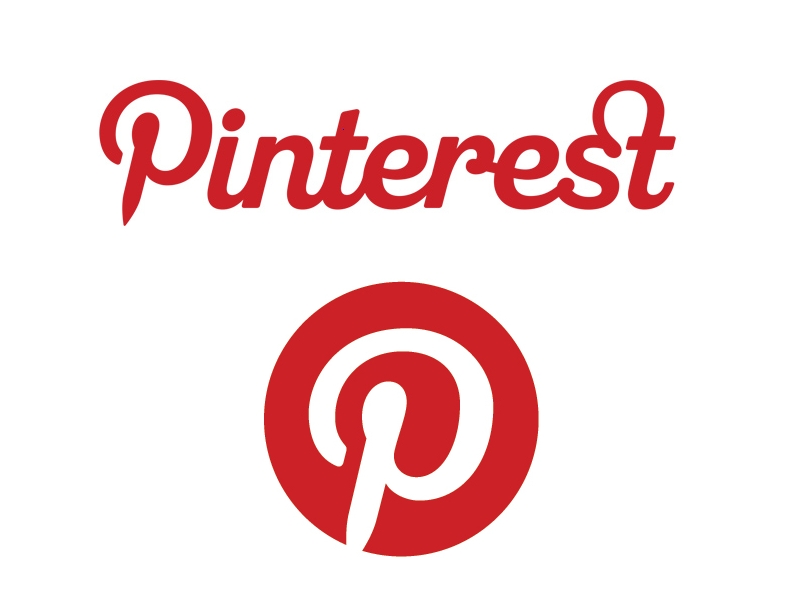Putting a Pin into Pain
/By Pat Anson, Editor
As a social media platform, Pinterest is best known as a place to share recipes or get tips about fashion and home decorating — topics that appeal to its core audience of women.
But over the years Pinterest has quietly evolved into a surprisingly good place to learn about chronic pain and to network with others in the pain community, according to researchers at Virginia Commonwealth University. Their study, “Pinning to Cope: Using Pinterest for Chronic Pain Management,” was recently published in the journal Health Education & Behavior.
“We’re seeing that Pinterest is being used by patients to really support each other, to provide information for each other, and to just find an outlet for dealing with chronic pain,” said Jeanine Guidry, PhD, who studies social media and mobile technology.
Guidry and co-author Eric Benotsch, PhD, a psychology professor at VCU, analyzed 502 posts on Pinterest about chronic pain and found – not surprisingly -- that nearly all referred in some way to the severity of pain.
But rather than just complaining about their pain, many of the posters shared or “pinned” positive tips on self-care and pain management, along with tips for caregivers and friends. About 18% of the posts used humor as a coping mechanism.
“Our findings show that, first of all, people are talking about chronic pain on Pinterest,” Guidry said. “But second of all, our findings show that the vast majority of posts were by individuals.”
Relatively few of the posts originated with healthcare or public health organizations, and researchers said there was “cause for concern” about the lack of information from reputable health sources. A key finding was that posts about chronic pain on Pinterest have a higher level of user engagement than most other healthcare topics.
“Knowing that this conversation about chronic pain is taking place on Pinterest, health communication professionals should consider using Pinterest [more] because they can really reach out to the people who are trying to manage chronic pain,” Guidry said.
Pinterest has about 250 million active users and 80 percent of them are women. Guidry says the social media platform could be leveraged more to communicate with pain sufferers.
“Is it the biggest platform for these kind of topics? No, but it’s obvious it’s being used,” she said. “And it’s an outlet we should use as health communicators.
“When you look at these Pinterest posts, you see people trying to manage pain and trying to help each other and trying to provide support to each other. That is something that could be turned into an effective tool for health care providers and for communicators.”
Guidry said the study’s findings are encouraging because they suggest that people with chronic pain are posting about healthy coping mechanisms and other people are engaging with them.
“Chronic pain posts have a strong presence on Pinterest, and health care professionals should both consider utilizing the platform in order to reach a population they might not otherwise reach, as well as broadening this field of study to determine a clearer picture of the potential uses of this and other social media platforms,” she said.
To visit PNN on Pinterest, click here.




